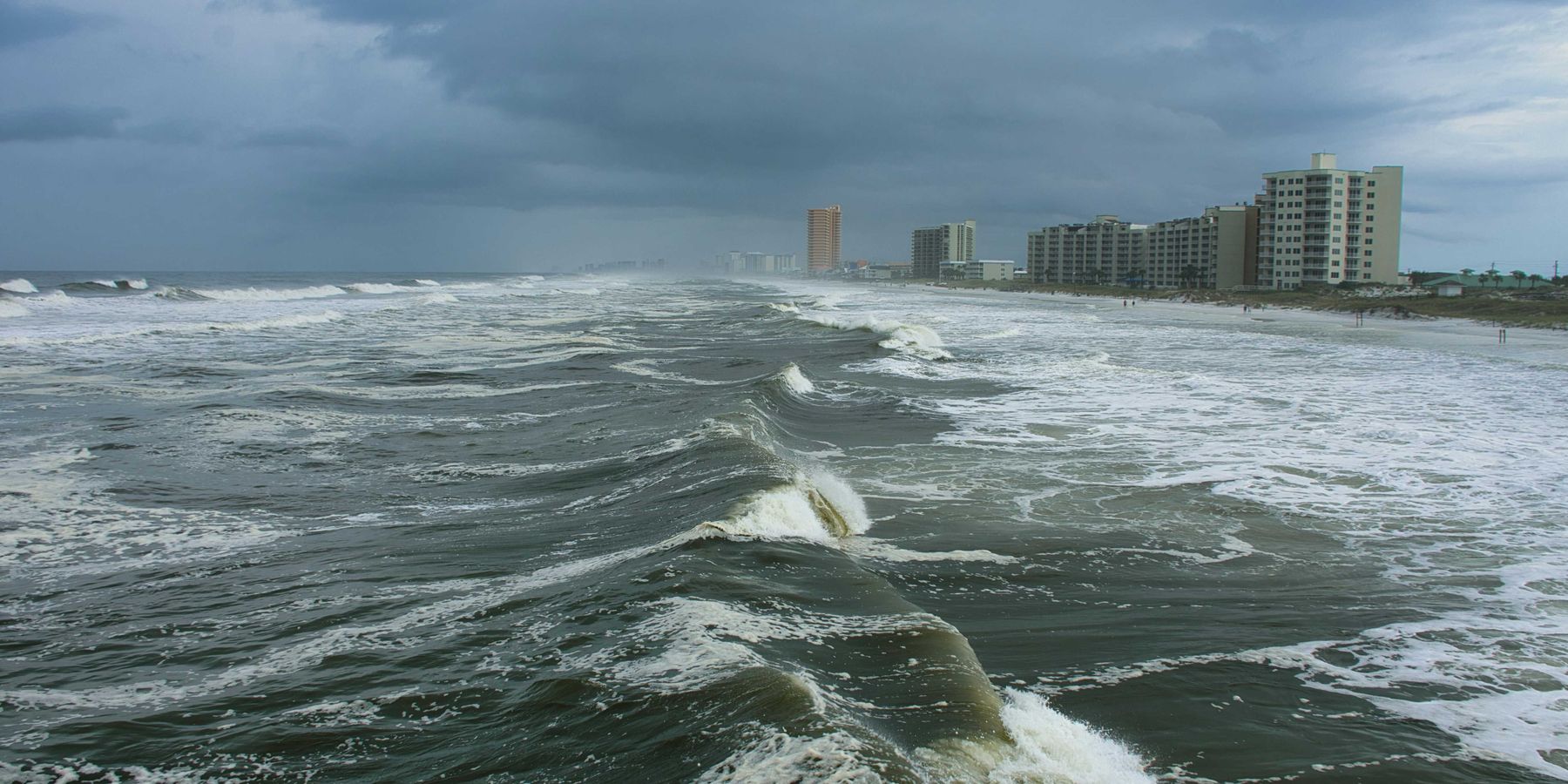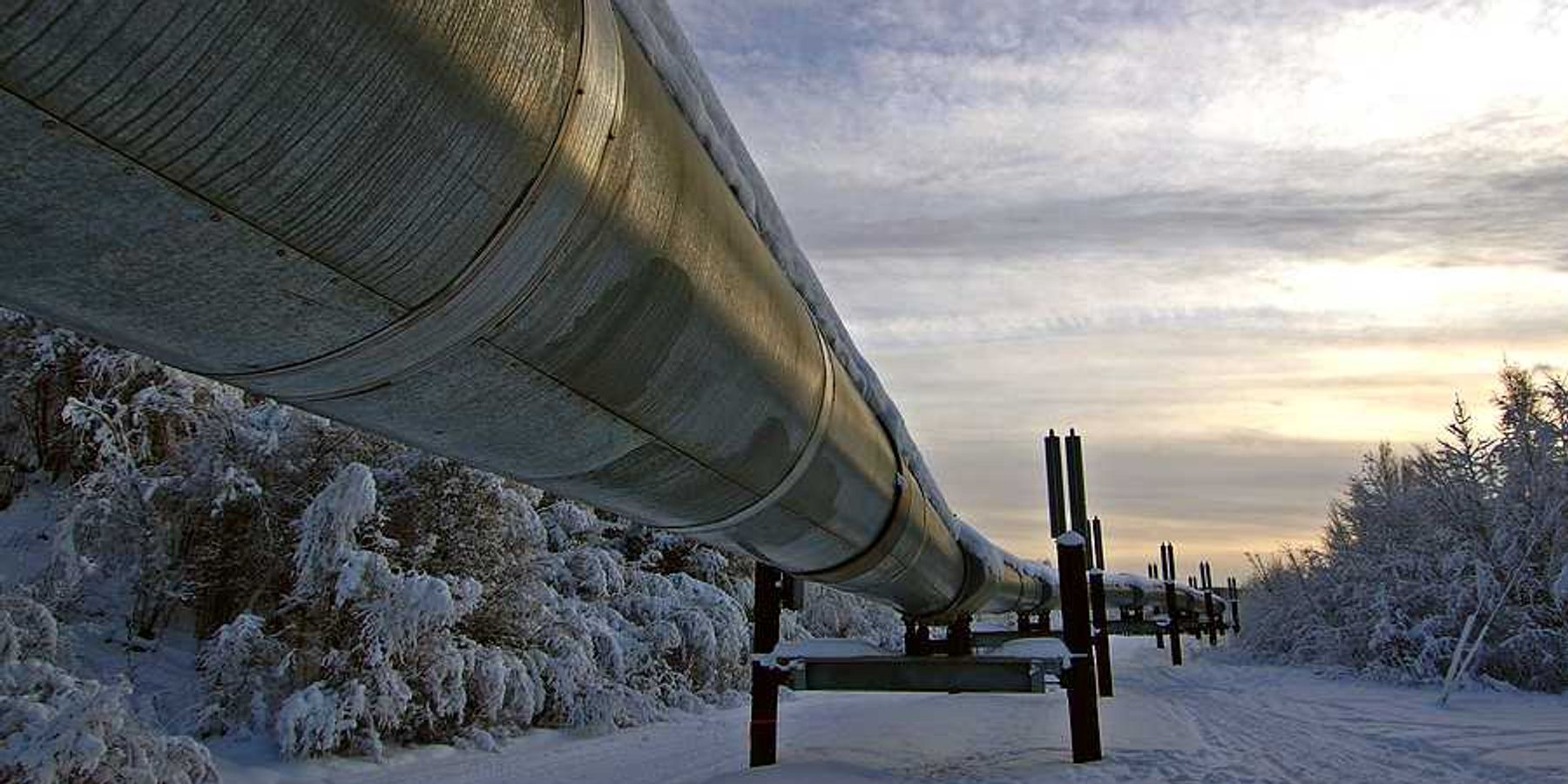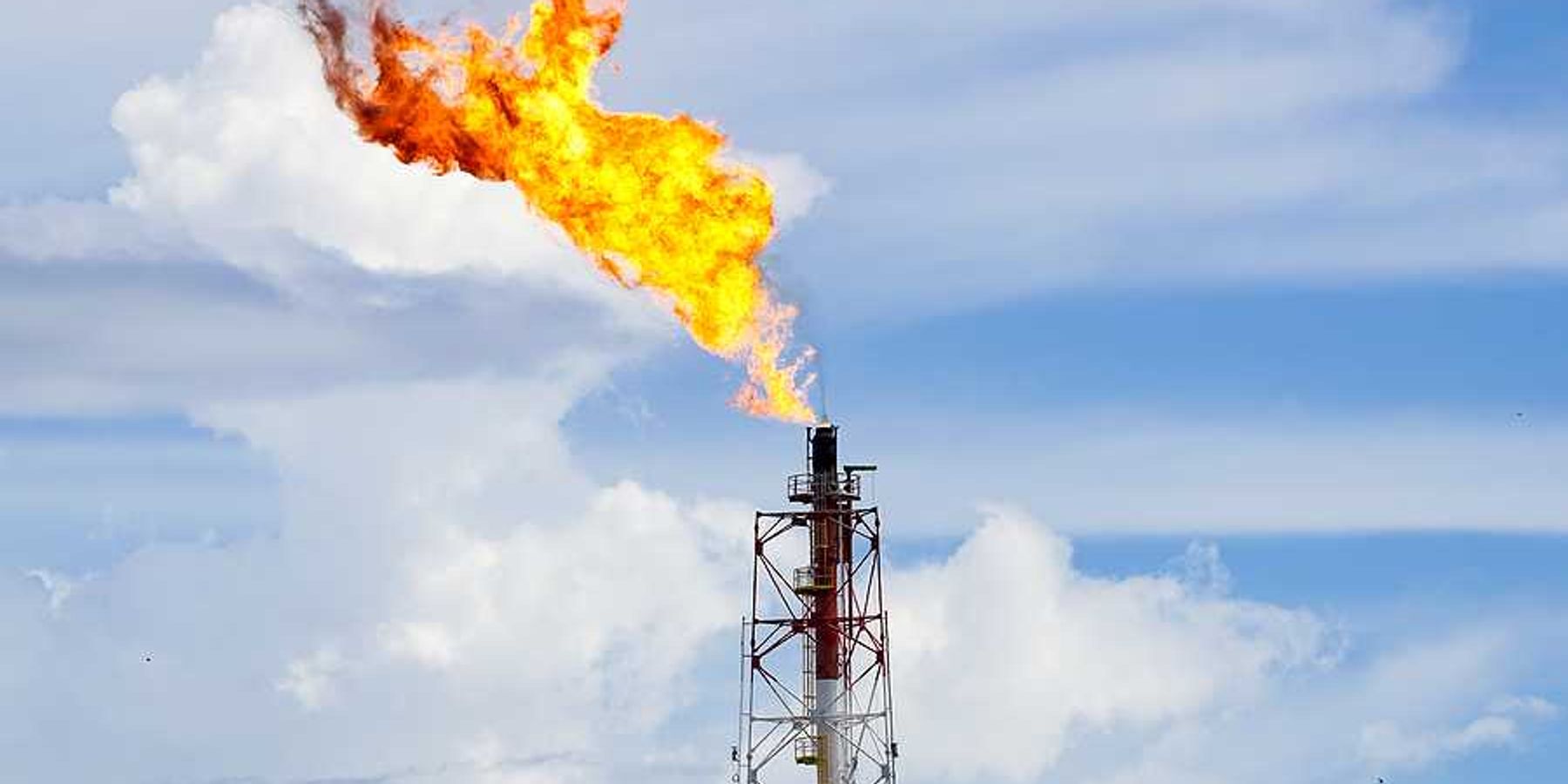EPA considers expanding oilfield wastewater discharge in eastern states
The U.S. Environmental Protection Agency is weighing changes that would allow treated fracking wastewater to be discharged into rivers and reused for industrial and agricultural purposes, raising alarm among environmental health experts.
Martha Pskowski and Kiley Bense report for Inside Climate News.
In short:
- The EPA may relax rules on how oil and gas companies handle toxic "produced water," potentially allowing discharges in states east of the 98th meridian, including Pennsylvania.
- The proposal builds on a 2020 Trump-era report and cites improvements in treatment technologies, though many contaminants remain unregulated and poorly understood.
- Critics say the move prioritizes industry convenience over public safety, especially in regions with radioactive wastewater, weak oversight, or a history of pollution mismanagement.
Key quote:
“The regulations were subpar before, and now what’s going to happen is the government is allowing the public to be poisoned without any kind of consent or knowledge.”
— Katie Muth, Pennsylvania state senator
Why this matters:
Fracking wastewater — often called “produced water” — isn’t just salty; it can contain a toxic mix of cancer-causing chemicals, heavy metals, and even naturally occurring radioactive materials. In states like Pennsylvania, where fracking is widespread, past attempts to dispose of this waste have left a troubling legacy: radioactive sludge in treatment plants, polluted rivers, and growing concern among residents about long-term health effects. The challenge isn’t just the volume of the waste, but the mystery of what exactly is in it, as energy companies aren’t always required to disclose the full list of chemicals they use.
The EPA is now considering loosening rules to allow more of this water to be discharged into rivers and streams. The agency calls it “flexibility,” but environmental groups warn that without national safety standards, the U.S. is heading toward a fragmented system where states with strong oil and gas ties may undercut protections. That could have ripple effects not just on drinking water but also on farmland and aquatic ecosystems that are already under pressure from climate change and industrial runoff.
Read more: Texas firms plan to release treated wastewater into the Pecos River













